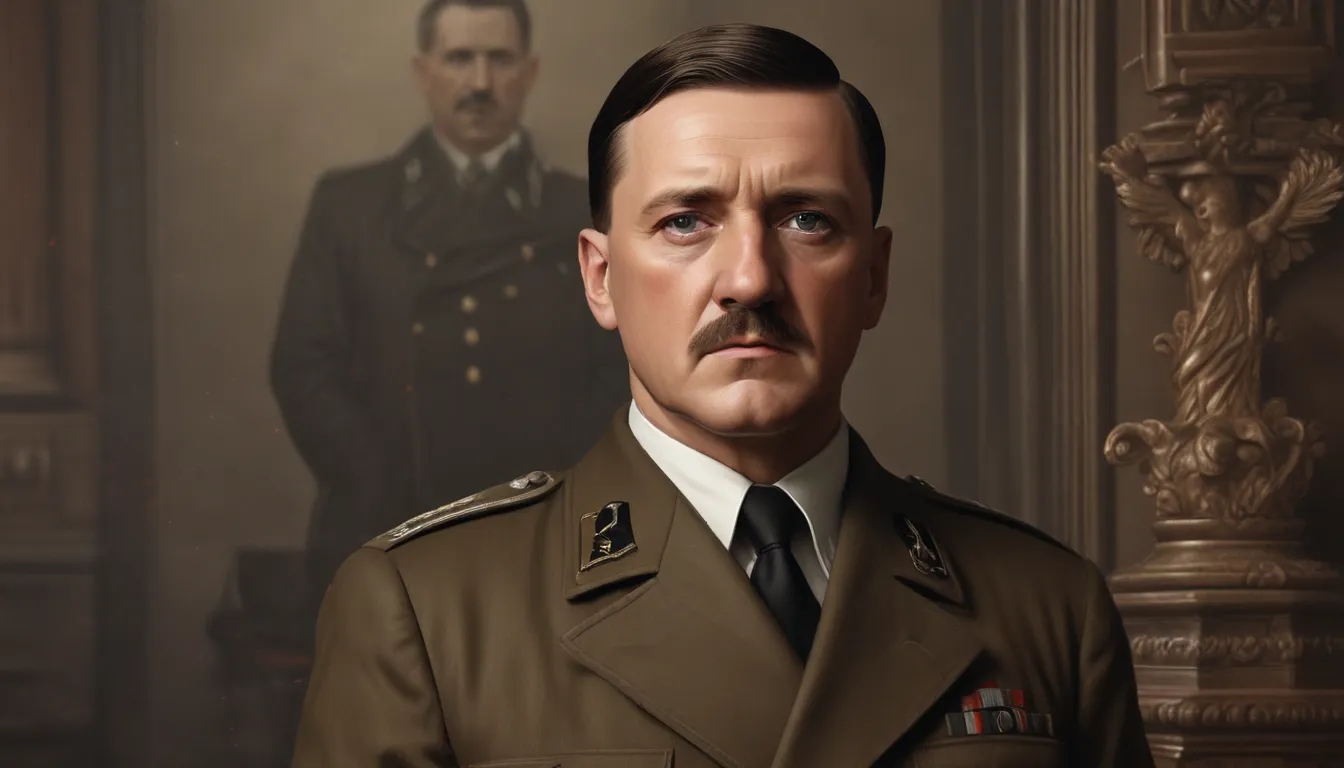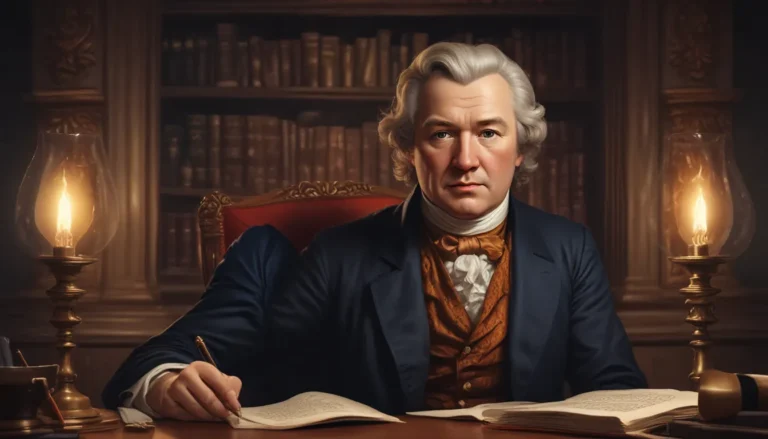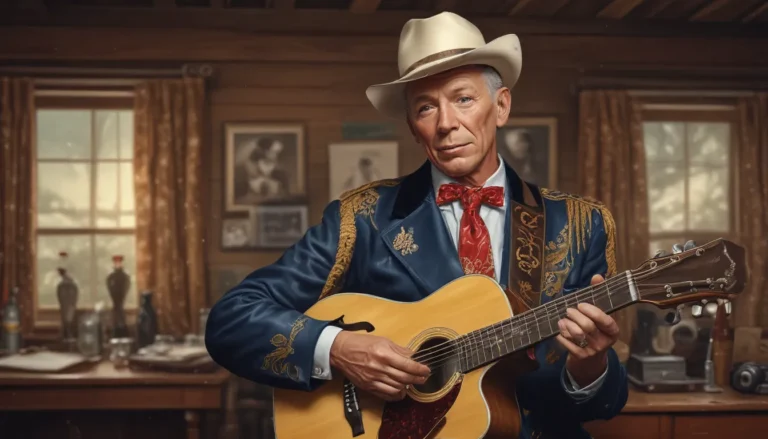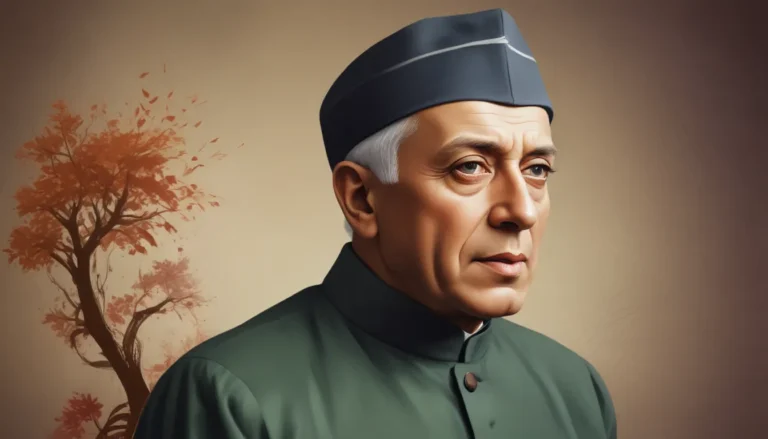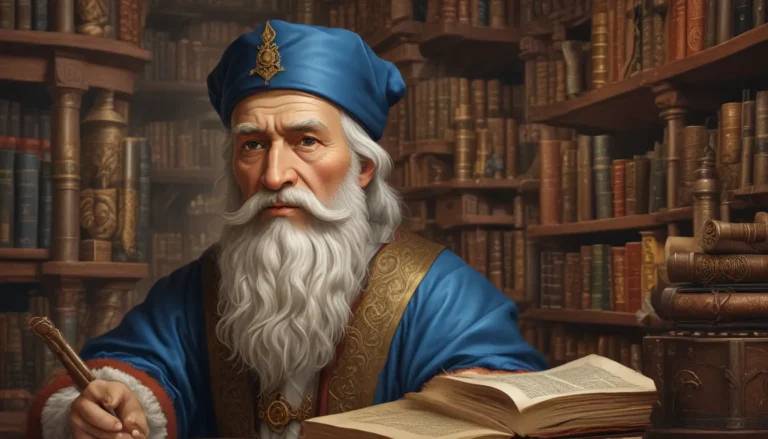The images in our articles may not match the content exactly. They are used to grab your attention, not to show the exact details in the text. The images complement the text but do not replace it.
Adolf Hitler remains one of the most notorious figures in world history, known for his cruel dictatorship of Germany and his role in World War II and the Holocaust. Delve into the life of this ruthless leader with a closer look at some intriguing Adolf Hitler facts.
Unraveling Adolf Hitler’s Origins
His father’s last name was originally “Schicklgruber”
Adolf Hitler’s father, Alois Hitler Sr., was born as Alois Schicklgruber, the illegitimate son of Maria Anna Schicklgruber. It was only later in his life that Alois was made legitimate through marriage to Maria, taking on the surname Hitler. The reason for the spelling change from Hiedler to Hitler remains unclear.
Adolf Hitler and his father often weren’t on good terms
Despite a close relationship with his mother, Klara, Adolf Hitler’s rapport with his father, Alois, was strained. Alois showed little interest in raising his children, leaving much of the care to Klara. Adolf harbored a fear and dislike for his father, who had hoped Adolf would pursue a career in civil service, a path Adolf vehemently rejected.
Hitler displayed German nationalist ideas at a young age
Although Austrian-born, Hitler demonstrated a strong affinity for German nationalist ideals early on, embracing German customs and traditions over Austrian ones. His loyalty to Germany was evident in his actions and associations, reflecting a deep-seated admiration for the German nation.
A priest saved him from drowning in a river as a child
At the age of four, Adolf Hitler fell into the River Inn in Passau, Germany, where a brave priest named Johann Kuehberger rescued him from the icy waters. Though Hitler never confirmed the event, historical evidence supports this dramatic tale from his childhood.
He wanted to be an artist
With aspirations to pursue the arts, Hitler faced multiple rejections from art schools before experiencing financial struggles that derailed his artistic dreams. Forced to take odd jobs and sell paintings for survival, Hitler’s artistic ambitions were thwarted, leading him down a different path toward his future political career.
He was a stateless individual for seven years
Having renounced his Austrian citizenship in 1925, Hitler spent seven years as a stateless individual before acquiring German citizenship in 1932. This statelessness hindered his ability to run for public office until his appointment by a Nazi Party member in Germany.
Hitler’s Transition to Politics and World War I Experience
Hitler served in the military during World War I
Opting to serve in the Bavarian army under Belgium and France during World War I, Hitler endured harrowing experiences on the battlefield. From the First Battle of Ypres to becoming a regimental message-runner, his military service shaped his ideologies and political aspirations.
He used to sport a full mustache
Before adopting his iconic toothbrush-style mustache, Hitler sported a full Kaiser mustache. The transition to the smaller, more practical mustache during World War I was influenced by the need to wear gas masks effectively, demonstrating Hitler’s adaptability to wartime conditions.
Hitler entered politics after World War I
Following his return to Munich post-World War I, Hitler’s entry into politics via the German Workers’ Party marked the beginning of his political career. From impassioned speeches to crowd manipulation tactics, Hitler rose through the ranks to become the leader of the Nazi Party, setting the stage for his future dominance.
He went to prison for five years after a failed coup d’etat
The failed Beer Hall Putsch coup in Bavaria led to Hitler’s arrest and subsequent imprisonment for treason. During his time in prison, he penned the first volume of his manifesto Mein Kampf, outlining his political beliefs and strategies for the future.
Hitler used the Reichstag fire to take away civil rights
The Reichstag fire of 1933 presented Hitler with an opportunity to seize power and curtail civil rights by declaring a state of emergency. Exploiting the fire’s aftermath, Hitler bolstered his control over the government, gradually transforming Germany into a dictatorship under his rule.
Unveiling Unique Aspects of Adolf Hitler
Hitler never visited a concentration camp
Despite overseeing the establishment of numerous concentration and extermination camps during his reign, Hitler himself never visited these sites. The atrocities committed in these camps, including the systematic murder of millions, were part of Hitler’s genocidal regime that he executed from a distance.
He had a plan to build a “Museum to an Extinct Race”
Driven by his belief in Aryan superiority and campaign against Jews, Hitler planned to create a “Museum to an Extinct Race” showcasing artifacts of the targeted groups. His obsession with purging inferior races led to the plundering of cultural items, many of which remain missing to this day.
Adolf Hitler had one undescended testicle
Historical records reveal that Hitler suffered from cryptorchidism, resulting in one of his testicles failing to descend. This physical condition, combined with his other health ailments, offers a unique glimpse into the personal life of the infamous leader.
His family’s physician, Eduard Bloch, was Jewish
Despite Hitler’s virulent anti-Semitic beliefs, his family’s physician, Eduard Bloch, was a Jewish man who provided medical care to the Hitlers. Bloch’s compassionate treatment of the family and his designation as a “noble Jew” by Hitler himself underscore the complexities of relationships during that tumultuous era.
Revealing Quirks and Vices of Adolf Hitler
Hitler was a chronic tax evader
Despite his accumulation of wealth and power as Chancellor of Germany, Hitler evaded taxes throughout his ascent to leadership. His defiance of tax authorities resulted in fines and legal consequences, showcasing a darker side to his controversial financial practices.
He had an obsession with his half-niece
Adolf Hitler’s fixation on his half-niece, Geli Raubal, offers a glimpse into his possessiveness and control over personal relationships. The tragic end to Raubal’s life, shrouded in mystery and speculation, hints at the complexities of familial dynamics within Hitler’s inner circle.
Hitler was a vegetarian
Transitioning to a vegetarian lifestyle in the 1930s, Hitler adopted dietary restrictions that emphasized plant-based foods and eschewed meat consumption. His advocacy for vegetarianism served as a paradoxical element alongside his involvement in widespread atrocities during his regime.
He didn’t smoke tobacco and only drank beer occasionally — but he did consume a lot of drugs
Contrary to earlier habits of heavy smoking, Hitler abandoned tobacco use and limited alcohol consumption amidst his vegetarian lifestyle. However, his reliance on psychoactive drugs during the war years reveals a darker side to his health routines and coping mechanisms.
His personal physician prescribed 90 medications to him
Under the care of his personal physician, Theodor Morell, Hitler received a staggering 90 medications for various ailments during the war years. Allegations of Hitler’s health issues and mental illnesses shed light on the complexities of his medical regimen and declining physical condition.
Tragic End and Legacy of Adolf Hitler
Hitler’s dog, Blondi, died because Hitler ordered a doctor to test the effectiveness of cyanide pills
Blondi, Hitler’s beloved German shepherd, met a tragic end when Hitler used her to test the potency of cyanide capsules in his possession. The emotional manipulation of public sentiment through Blondi’s portrayal as a loyal companion underscores the depths of Hitler’s cruelty and detachment from compassion.
He married Eva Braun a day before they died
In a final act of unity, Adolf Hitler and Eva Braun married within the confines of their Berlin bunker on April 29, 1945, just a day before their deaths. The closeness of their relationship and shared fate epitomize the intertwined destinies of two individuals enmeshed in a tumultuous era of conflict and devastation.
Hitler took his own life at age 56
Facing imminent capture by Allied forces as Germany crumbled under defeat, Adolf Hitler opted to end his life with a self-inflicted gunshot on April 30, 1945. His death at the age of 56 marked the tragic conclusion of a despotic regime that left a lasting impact on world history.
Explore the depths of history with an immersive journey through the life, quirks, and legacy of Adolf Hitler, an enigmatic figure whose actions reverberate across time. From personal eccentricities to political machinations, his story serves as a cautionary tale of unchecked power and devastating consequences.
